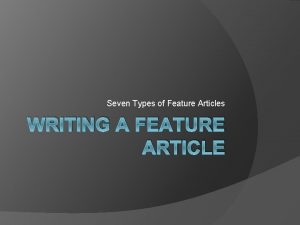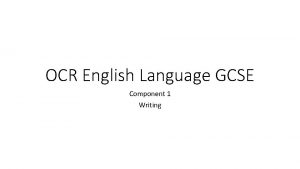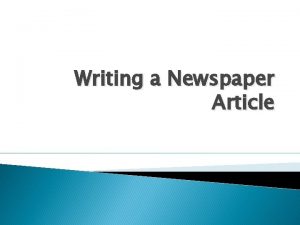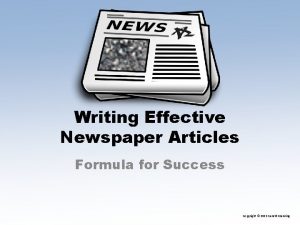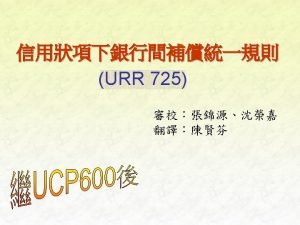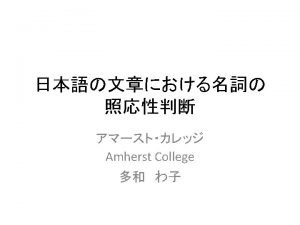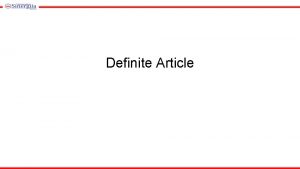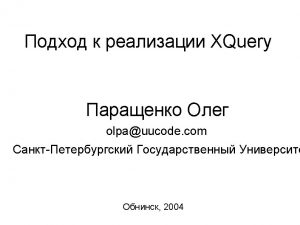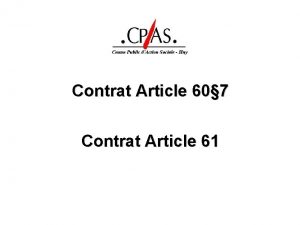Summary Response Writing Grammar Level 3 Article summary












- Slides: 12

Summary & Response Writing & Grammar Level 3

Article summary & response Summary Read the article and… 1. Write the main ideas. 2. Don’t write your ideas. (Save them for the response. ) 3. Use your own words and grammar. 4. Don’t copy from the article except technical words. 5. Include the source of the article.

Process of summary writing I. Read & Understand Getting ready: Check what is not included in the main article such as, the title, subheadings, photos, diagrams,

The 1 st reading 1. Read without stopping and, without using a dictionary. 2. Write down what you think is the main idea. (It may not really be the main idea. )

The 2 nd reading 1. Read and look up the unfamiliar words with a dictionary. 2. Underline, highlight, or take notes as you read. 3. Check your MI (main idea) you wrote in the 1 st reading. 4. Revise if necessary.

The 3 rd reading 1. Read w/o a dictionary.

Process of summary writing II. The First Draft a. Put the article aside. b. Write down everything you can remember about the article. Do NOT look at the article.

c. Write the main idea (=topic sentence) w/o looking at the article.

The source Cite the source in the topic s. and/or supporting s. the author the title the publication name the date of publication

• Usually a concluding s is not necessary. • A summary should be half the length of the original article OR shorter.

d. Check, Review and Rewrite a. Reread the original article and double check you included all the important ideas. b. Delete any unnecessary details.

c. Check for grammar and punctuation errors. d. Rewrite your summary if necessary.
 Right linear grammar
Right linear grammar Strength of traditional grammar
Strength of traditional grammar Chomsky hierarchy
Chomsky hierarchy Right linear grammar
Right linear grammar Natural and forced response
Natural and forced response Natural response circuit
Natural response circuit A subsequent
A subsequent School magazine article examples
School magazine article examples Types of features articles
Types of features articles Gcse article writing example
Gcse article writing example Write an article for your school magazine giving your views
Write an article for your school magazine giving your views Writing newspaper article
Writing newspaper article Article writing formula
Article writing formula








